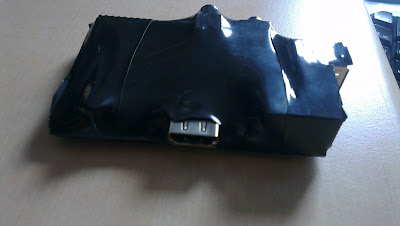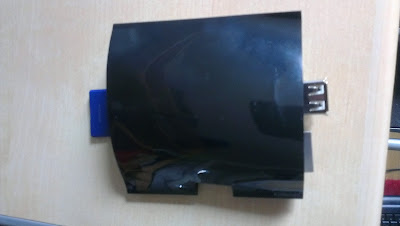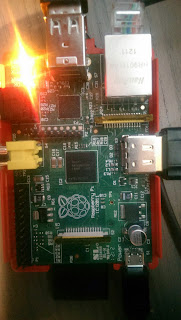So for people who need to deal with creating or maintaining SD card images, or indeed full image backups of any storage device,
kpartx is a godsend.
You most likely already know that you can mount images (created with dd) using loop:
mount -o loop -t vfat some-sd-image.img /mnt/mountpoint
But, this doesn't work for images that were created from the whole block device, as most of the RasPi images are. You can mount them in the same way, but you need to work out what the sector offset is of the partition in order to just mount that (replacing sectors with the appropriate number for this image):
mount -o loop,offset=$(({sectors} * 512)) some-sd-image.img /mnt/mountpoint
Tedious, and hard to do - there's a full description
here.
Well, there is a piece of magic which I hadn't previously heard of called
kpartx, which allows you to do all of this in an easy command (described
here). To list the partitions on an image:
kpartx -l some-sd-image.img
And to add them as loop devices:
kpartx -a some-sd-image.img
Which can then be mounted as:
mount -t vfat /dev/loopXpY /mnt/mountpoint
You can clean up the /dev/loopX* again (after appropriate umount) with:
kpartx -d some-sd-image.img
Simples!


